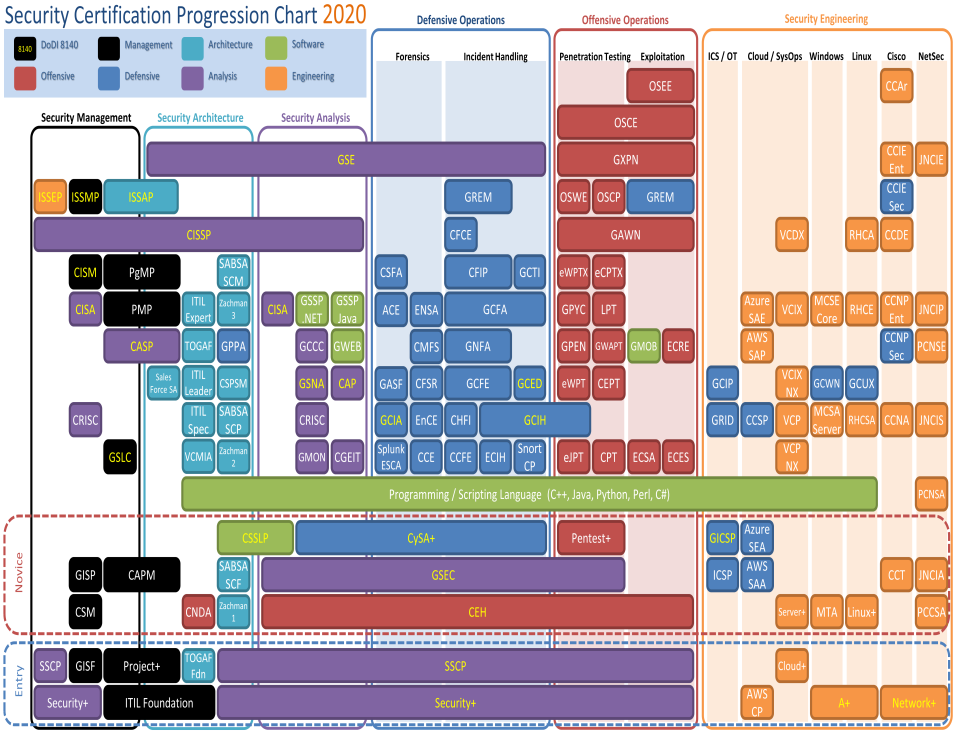Major trends
We identify the following major trends impacting the capabilities required from the workforce:
- Sophistication and dynamics of cyber attacks
- Machine learning and artificial intelligence
- Virtual identities
- Data
- Cloud
- Distributed hybrid environments
- New ways of working (DevOps, Agile, Scrum)
- Continuous software development
- War on Talent
- Regulatory and assurance (Integrated reporting)
These trends will demand other capabilities and therefor roles in the Cyberdomain; such as Cyber Attack Agent, Cyber Calamity Forecaster, Machine Risk Officer and Virtual Identity Defender, Data trash engineer, Cloud orchestration architect, Security vaccinator, Cyber talent magnet, AI auditor. To give you an idea about what those roles mean, we will give a brief explanation per role in the section below.
At the end we converge this into our vision of the role of the CISO. Our objective is not to be exhaustive but to give you some of the major trends based on our experience and external research reports and articles for HR firms like Egon Zehnder and Korn Ferry (2).
Due to the rapid changing threat landscape and the morphing actors it becomes hard to keep up with this knowledge and translate that into actions. The Cyber Calamity Forecaster will reveal overlooked possibilities and expose unexamined assumptions about the cyber world. The ideal candidate will provide analytical, advisory and technical expertise and analysis related to global cyber activities by assessing the current and predicted cyber environments and geopolitical developments in order to issue cyber products, alert bulletins and forecasts. But this Calamity forecaster requires three major new capabilities that now should be combined into one role.
In current day network security, vigilance with respect to arising new threats and attack vectors is becoming ever more important. Rapid detection, risk assessment and preventive or mitigating measures is gaining prominence.







